Disclosure: This article contains affiliate links. We may earn a commission from purchases at no extra cost to you, which helps our travel content.
Standing at the base of Angel Falls, with water thundering down from nearly a kilometer above, I couldn't help but feel incredibly small yet somehow connected to something much bigger than myself. My husband squeezed my hand as we both stood there, speechless. This wasn't just another waterfall – this was the waterfall, the one that had been on our bucket list for years. Getting here wasn't easy, but nothing truly spectacular ever is, right? After three trips to Venezuela and finally conquering the journey to Salto Ángel, I'm sharing everything you need to know to plan your own adventure to the world's highest uninterrupted waterfall.
Planning Your Journey: The Logistics of Reaching Angel Falls
Let's be real – Angel Falls isn't a place you just hop on a tour bus to visit. Located deep within Canaima National Park in Venezuela's Gran Sabana region, reaching this natural wonder requires careful planning, especially given Venezuela's current situation.
Most journeys begin with a flight to Caracas, followed by a domestic flight to Puerto Ordaz or Ciudad Bolívar. From there, you'll take another small plane to Canaima village, the gateway to Angel Falls. I recommend booking through established tour operators who handle these complicated logistics.
When my husband and I visited last summer, we used a satellite communicator which proved invaluable for staying connected in remote areas where cell service is nonexistent. The peace of mind it gave our families back home was worth every penny.
Venezuela requires specific documentation, including a tourist card and proof of yellow fever vaccination. Exchange currency before arriving, as ATMs are unreliable and credit cards often unusable in remote areas. I keep all my important documents organized in a waterproof document holder which has saved me multiple times from unexpected rain and river splashes.
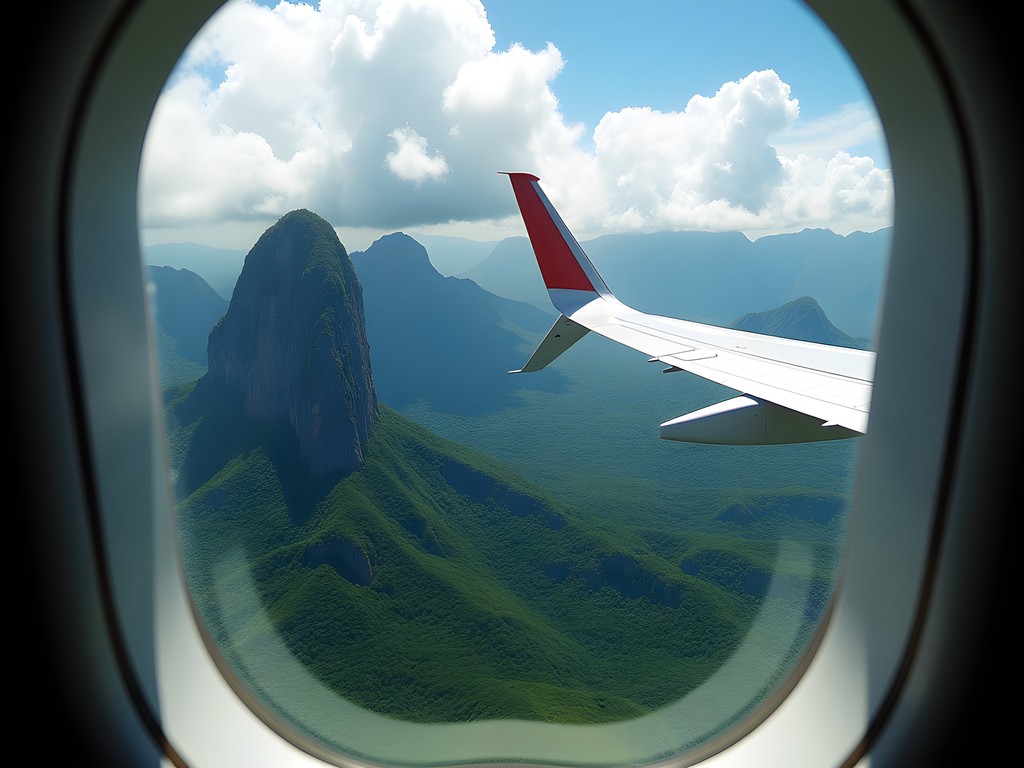
💡 Pro Tips
- Book your trip through a reputable tour operator with experience in Canaima National Park
- Get your yellow fever vaccination at least 10 days before travel
- Bring enough cash in small denominations for your entire trip
The River Journey: Canaima to Angel Falls Base Camp
After arriving in Canaima village, the real adventure begins with a stunning boat journey up the Carrao and Churun rivers. This 4-5 hour trip takes you through the heart of the park in traditional dugout canoes called 'curiaras.' The journey includes navigating rapids and, depending on water levels, occasionally getting out to help push the boat through shallow sections.
During our trip, we got absolutely drenched during one particularly exciting rapid. I was so glad I had packed my gear in a dry bag that kept everything bone dry despite being completely submerged at one point. Trust me, your electronics will thank you!
The boat journey isn't just transportation – it's a spectacular experience in itself. You'll pass towering tepuis (table mountains), navigate through narrow gorges, and spot incredible wildlife. Our guide pointed out toucans, river otters, and even a distant jaguar lounging on a riverside rock.
Most tours include an overnight stay at a basic camp near the falls. Expect hammocks with mosquito nets rather than proper beds. After our first trip where I barely slept due to discomfort, I now bring a camping pillow that makes hammock sleeping much more comfortable while taking up minimal space in my pack.

💡 Pro Tips
- Wear quick-drying clothes and water shoes for the boat journey
- Apply sunscreen and insect repellent regularly – the sun is intense and bugs are plentiful
- Pack light but bring essentials in a waterproof bag
Experiencing Angel Falls: Viewpoints and Hiking Options
There are two main ways to experience Angel Falls – from the river viewpoint and from the Laime Lookout, which requires a moderate jungle hike. I strongly recommend doing both if you're physically able.
The river viewpoint gives you that classic bottom-up perspective where you can feel the mist on your face. It's accessible year-round, though the falls are most impressive during rainy season (May to November) when water volume is highest. During our dry season visit (February), the falls were still magnificent but noticeably thinner.
For the adventurous, the hike to Laime Lookout offers a different but equally spectacular view. This moderately challenging 1-hour trek through humid jungle rewards you with a panoramic vista of the falls cascading down from Auyantepui. The trail can be slippery, so proper footwear is essential. My trekking poles provided crucial stability on the steeper, muddier sections.
Photography at the falls presents unique challenges due to the mist and changing light conditions. I keep my camera protected with a waterproof camera cover which has saved my equipment multiple times. For those magical shots with rainbows in the mist, try visiting in early morning when the light hits the falls at just the right angle.

💡 Pro Tips
- Visit during rainy season (May-November) for the most impressive water flow
- Allocate at least two nights in the area to maximize your chances of clear views
- Bring a waterproof camera or good phone case for photos near the falls
Cultural Immersion: The Indigenous Pemón People
One aspect of visiting Angel Falls that doesn't get enough attention is the opportunity to learn about the indigenous Pemón people who call this region home. Many of your guides will be Pemón, and they offer invaluable insights into the area's natural and cultural significance.
During our stay, we were invited to share a traditional meal in Canaima village. We ate casabe (cassava bread) and tuma (a fish stew) while our host explained how the falls are called 'Kerepakupai Vená' in their language, meaning 'waterfall of the deepest place.' The Western name 'Angel Falls' comes from American aviator Jimmy Angel who crash-landed atop Auyantepui in 1937.
I always bring small, thoughtful gifts when visiting indigenous communities. Practical items like solar lanterns are appreciated and useful in areas with limited electricity. Just be sure to give gifts through community leaders rather than directly to individuals, especially children.
Showing respect for Pemón customs is essential. Always ask permission before taking photos of people or entering certain areas. Some sections of the tepuis are considered sacred, and your guide will inform you of any restrictions. Learning a few basic phrases in the Pemón language goes a long way in building rapport with your hosts.
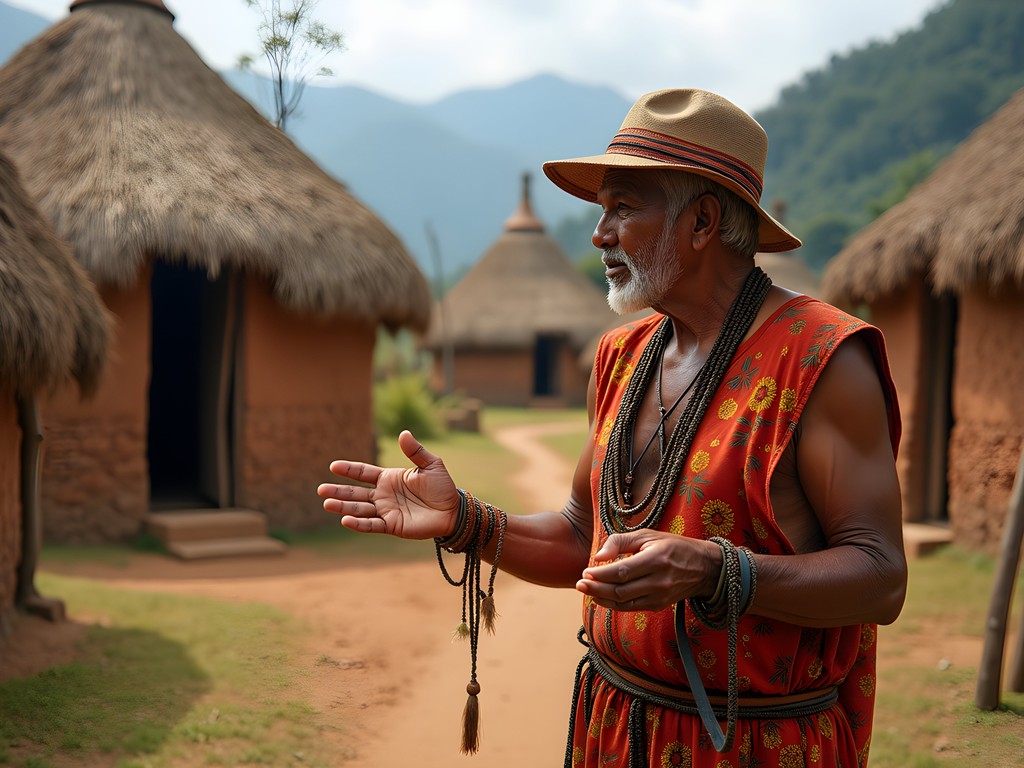
💡 Pro Tips
- Learn a few basic phrases in the Pemón language as a sign of respect
- Ask permission before photographing indigenous people
- Support the local economy by purchasing authentic crafts directly from artisans
Packing Essentials: Preparing for Jungle Conditions
Packing smart is crucial for Angel Falls. The humid jungle environment combined with river journeys means you need carefully selected gear that can handle tough conditions.
During our first trip, I made the rookie mistake of bringing cotton clothing that never dried once wet. Now I swear by quick-dry, moisture-wicking fabrics. A good insect repellent clothing is worth its weight in gold – I wrap it around my neck or head for extra protection in bug-heavy areas.
For footwear, I recommend amphibious shoes that can handle both hiking and wading through water. My water shoes have been perfect for the boat journeys and shorter walks, while I switch to proper hiking boots for the longer trek to Laime Lookout.
Medical supplies are essential as you'll be far from healthcare facilities. Beyond basic first aid, I always pack water purification tablets as a backup even when tours provide drinking water. Better safe than sorry when it comes to stomach issues in remote locations!
Finally, don't underestimate the power of a good headlamp. Camp areas have minimal lighting, and navigating to bathroom facilities or around your hammock at night is much easier with hands-free illumination. I learned this lesson the hard way after a close encounter with a very large spider while fumbling with my phone flashlight!
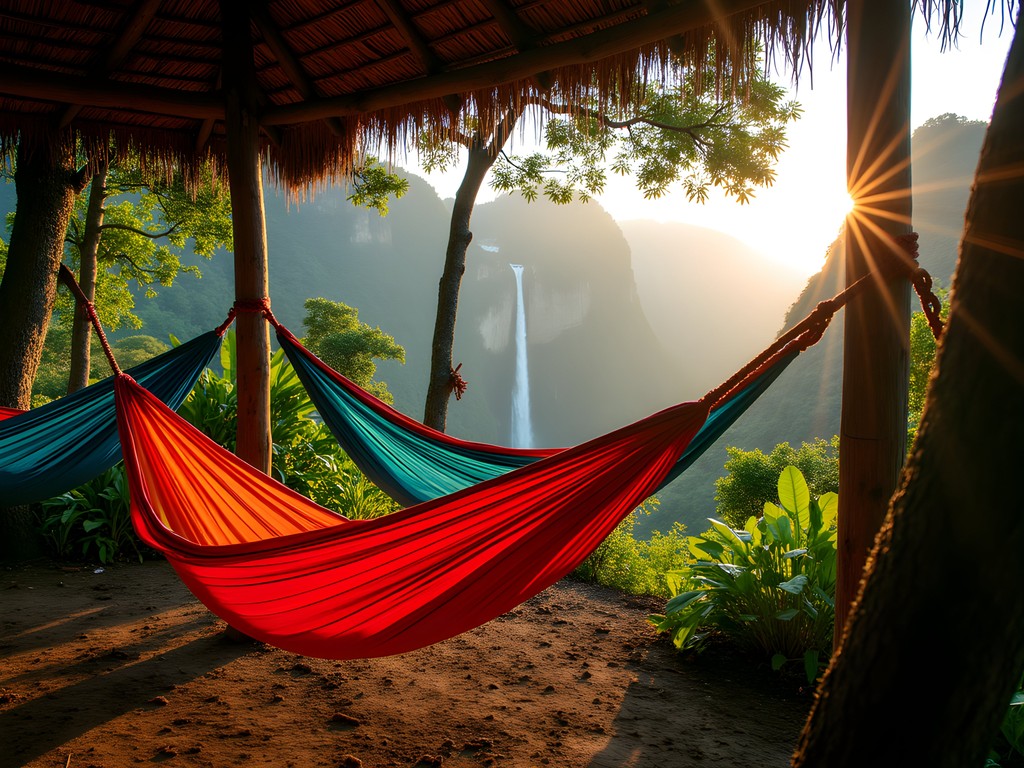
💡 Pro Tips
- Pack everything in dry bags or waterproof containers
- Bring twice as many socks as you think you'll need – they're difficult to dry
- Include a small clothesline for drying items at camp
Final Thoughts
As our curiara pulled away from Angel Falls on our final morning, I found myself already planning a return trip. There's something magnetic about this place – perhaps it's the sheer scale of the falls, the pristine jungle setting, or the profound connection you feel with nature in such a remote location.
Visiting Angel Falls isn't just another checkbox on a travel list; it's a transformative journey that requires effort, adaptability, and respect for both nature and local cultures. The logistical challenges and occasional discomforts fade quickly from memory, while the sight of that impossibly tall waterfall cascading from the clouds remains forever etched in your mind.
If you're considering this adventure, my advice is simple: do it. Plan carefully, prepare thoroughly, and then surrender to the experience. Venezuela's current situation means tourism infrastructure isn't what it once was, but with proper preparation and local guidance, Angel Falls remains accessible to determined travelers. The reward – standing before one of our planet's most spectacular natural wonders while it remains relatively uncrowded – is absolutely worth it.
Have you visited Angel Falls or is it on your bucket list? I'd love to hear your experiences or answer any questions in the comments below. And if you found this guide helpful, please share it with fellow adventure seekers!
✨ Key Takeaways
- Book through established tour operators who can handle the complex logistics of reaching Angel Falls
- Visit during rainy season (May-November) for the most impressive waterfall experience
- Pack appropriate gear for jungle and river conditions, including waterproof storage
- Respect Pemón culture and traditions during your visit
- Allow at least 5-7 days for the complete journey to and from Angel Falls
📋 Practical Information
Best Time to Visit
May to November (rainy season)
Budget Estimate
$1,200-1,800 per person for a 5-7 day trip
Recommended Duration
5-7 days (including travel to/from Canaima)
Difficulty Level
Challenging

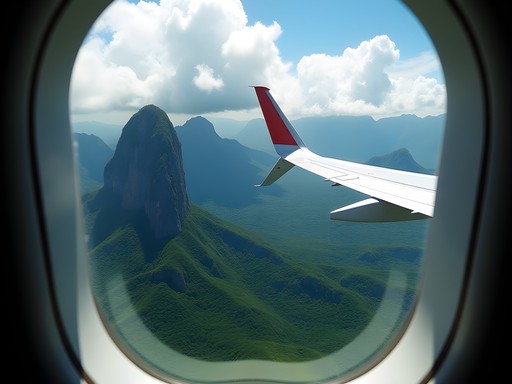



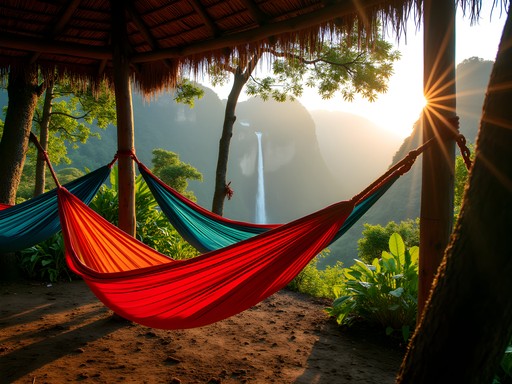



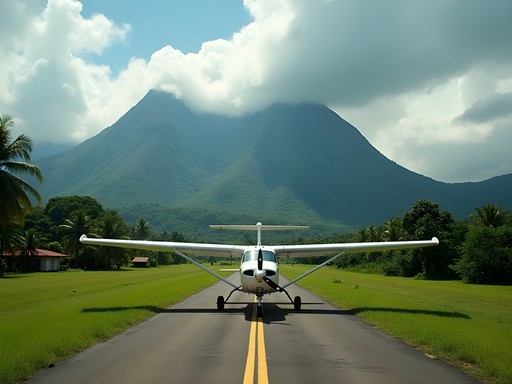

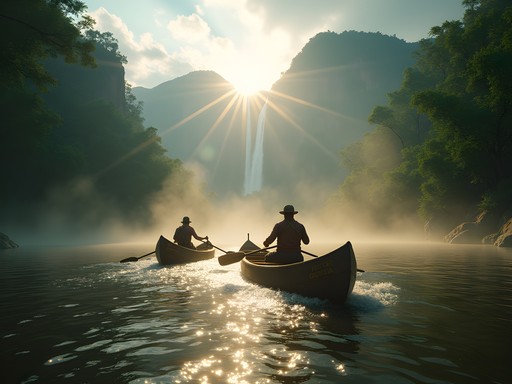




Comments
hikingwanderer
Just booked my trip after reading this! Any recommendations for guides who speak English well?
wanderlustrider
So jealous! Post pics when you go!
Haley Ford
That's exciting! I had great experiences with both Carlos at Canaima Tours and Miguel from Jungle Rudy's. Both speak excellent English and are incredibly knowledgeable about the area. Have an amazing trip!
smartgal
Great guide! One tip for anyone planning to go - bring more cash than you think you'll need. There are no ATMs anywhere near Canaima or the falls, and you'll want extra for souvenirs from the Pemón artisans. Their handwoven baskets are amazing keepsakes.
starlegend
Just stunning! Those tepuis look like something from another planet.
Nicole Russell
This guide is EXACTLY what I needed! I'm planning a solo trip to Venezuela next spring and Angel Falls is my main destination. Your tips about bringing a dry bag for the river journey are spot on - I learned that lesson the hard way in the Amazon! I'm especially interested in the cultural immersion aspect you mentioned with the Pemón people. Did you arrange that part through a specific tour operator? Also, for anyone planning this trip, I highly recommend bringing a waterproof camera - the spray from the falls will drench regular equipment and you definitely want those shots!
Haley Ford
Thanks Nicole! I went with Osprey Expeditions - they work directly with Pemón guides and a portion of their fees go back to the community. And yes to waterproof gear - those mists reach much further than you'd expect!
skynomad
How difficult is the hiking? I'm not super fit but really want to see this place!
smartgal
I went last year and while the boat journey is long, the actual hikes to viewpoints aren't too strenuous. The Laime Viewpoint took us about 40 minutes at a leisurely pace. The humidity is the real challenge!
skynomad
That's reassuring, thanks! Guess I'll pack extra water and moisture-wicking clothes.
Douglas Bradley
Excellent breakdown of the logistics, Haley. Having visited Angel Falls twice now, I can attest that the river journey is indeed the most challenging part. One thing I'd add for readers: the dry season (December-April) offers better visibility of the falls, but the wet season (May-November) means more dramatic water volume. There's a trade-off either way. Your section on the Pemón people was particularly insightful - their knowledge of the tepuis landscape is unparalleled, and the stories they share add incredible cultural depth to the experience. Did you have a chance to try the traditional casabe bread during your stay?
Haley Ford
Thanks Douglas! Yes, I did try the casabe - quite unique texture! Great point about the seasonal differences too. I was there in early October, so caught the tail end of the wet season with still-impressive flow but improving visibility.
adventurequeen
This looks incredible! How many days would you recommend staying in the area to fully experience Angel Falls?
Haley Ford
I'd recommend at least 4-5 days total - 2 days for travel to/from Canaima, and 2-3 days at the falls themselves. If you can spare an extra day, it gives you flexibility in case of weather issues!
adventurequeen
Thanks Haley! That's super helpful for planning.
wanderlustrider
Wow, those photos are absolutely breathtaking! Angel Falls just moved to the top of my bucket list.
Douglas Bradley
Excellent write-up, Haley! I particularly appreciated your section on the Pemón people. Too many visitors rush to see the falls without understanding the cultural context and significance of the area. My guide José explained how the falls (which they call Kerepakupai Merú) have shaped their mythology for centuries. I'd add one practical tip - if you're serious about photography, bring a waterproof camera bag. The spray zone extends much further than you'd expect, and my first camera was ruined before I learned this lesson! Also worth noting that the wet season (June-December) gives you the most dramatic water volume, but also increases the chances of flights being canceled due to weather.
citymaster
Good call on the camera protection. I just used ziplock bags but definitely wasn't ideal. The Pemón guide we had sang traditional songs during our hike - completely elevated the experience.
nomadlegend
Those photos are INSANE! Definitely adding this to my bucket list!
Venture X
Premium card with 2X miles, $300 travel credit, Priority Pass